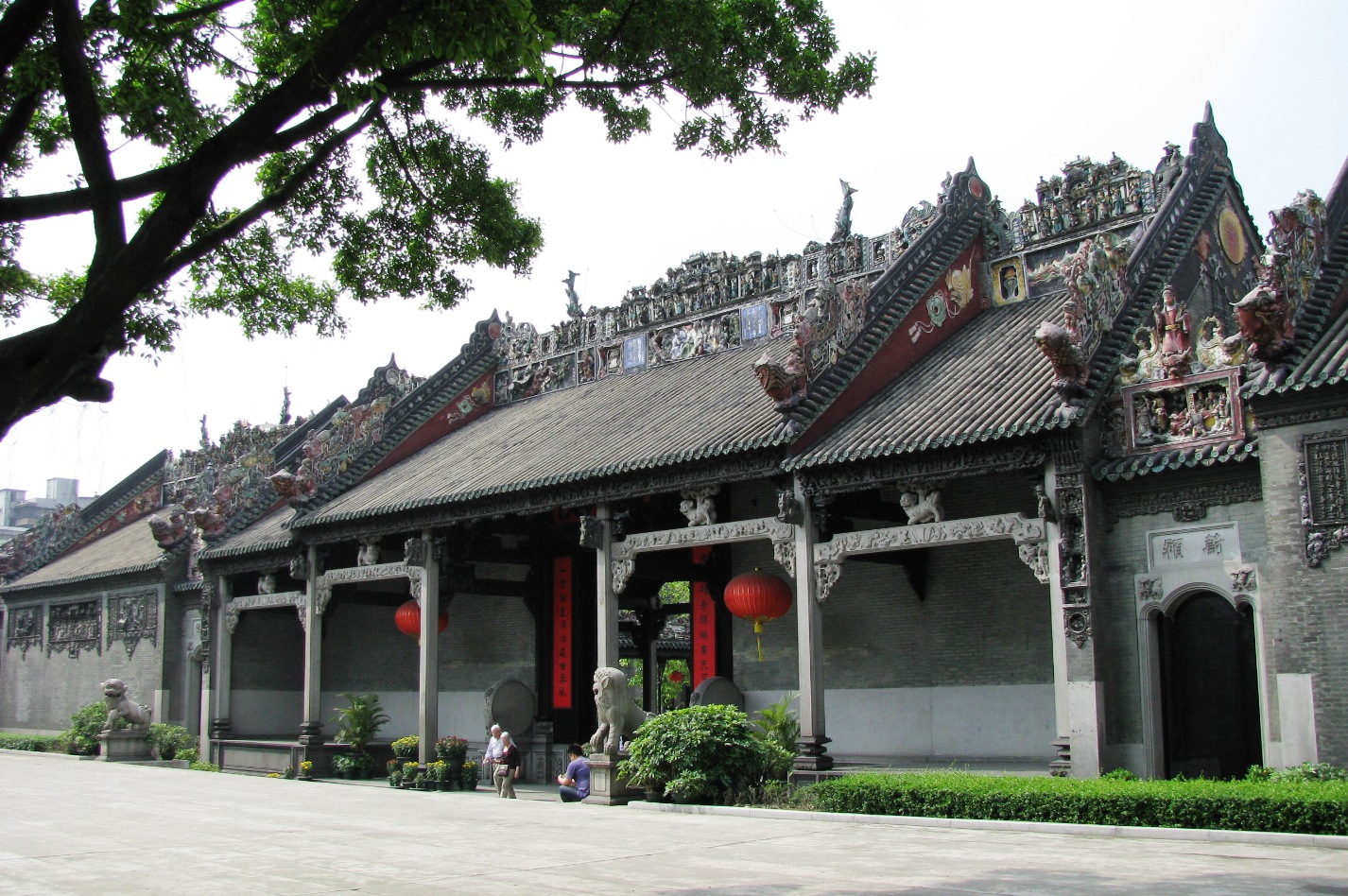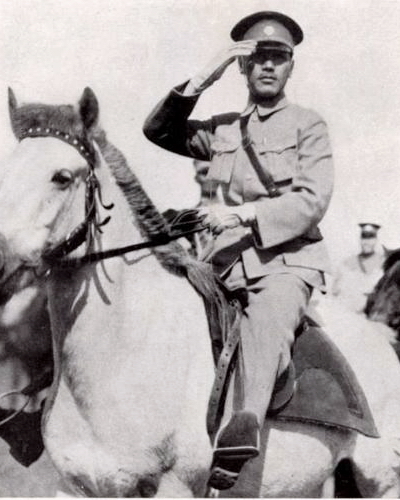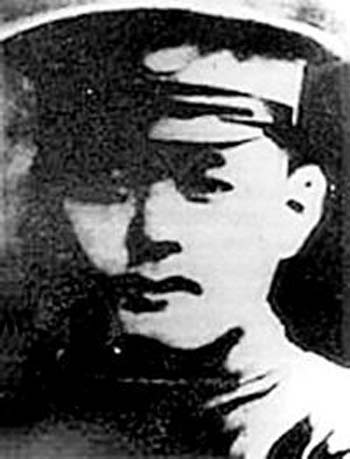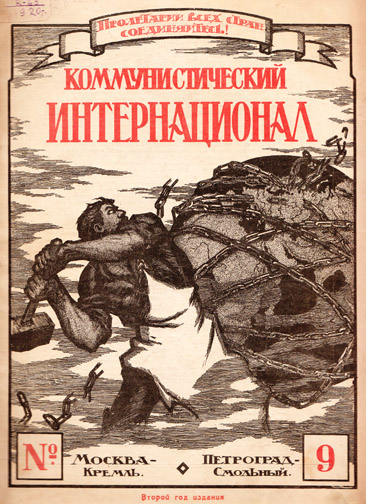|
Chen Changhao
Chen Changhao (; 18 September 1906 – 30 July 1967) was a member of the 28 Bolsheviks盛岳(盛忠亮):《莫斯科中山大学和中国革命》,东方出版社2004年版。余笃三:《在"国际列宁学校培训班学生审查委员会1930年4月5日对余笃三清洗会议"上的回答和反驳》,余笃三档案,原苏中央档案馆,1930年。孙耀文:《风雨五载:莫斯科中山大学始末》,中央编译出版社1996年版。曹仲彬、戴茂林:《莫斯科中山大学与王明》,中共党史出版社1988年版。江泽民(克明)《回忆在莫斯科中山大学时期》,载《革命史资料》第17辑,Chinese Literature and History Press. 1987年版. and an important military figure of Zhang Guotao's 4th Red Army徐向前:《历史的回顾》,解放军出版社1987年版。 from Hanyang, Wuhan. Chen had also been known as Cangmu. [...More Info...] [...Related Items...] OR: [Wikipedia] [Google] [Baidu] |
|
 |
Chen (surname)
Chen () () is a common Chinese-language surname and one of the most common surnames in Asia. It is the most common surname in Taiwan (2010) and Singapore (2000). Chen is also the most common family name in Guangdong, Zhejiang, Fujian, Macau, and Hong Kong. It is the most common surname in Xiamen, the ancestral hometown of many overseas Hoklo. Chen was listed 10th in the '' Hundred Family Surnames'' poem, in the verse 馮陳褚衛 (Feng Chen Chu Wei). In Cantonese, it is usually romanized as Chan (as in Jackie Chan), most widely used by those from Hong Kong. Chan is also widely used in Macao and Malaysia. It is also sometimes spelled Chun. In many Southern Min dialects (including dialects of Hainan, Fujian, and Taiwan), the name is pronounced Tan, while in Teochew, it is pronounced Tang. In Hakka and Taishanese, the name is spelled Chin. In Wu it is pronounced Zen or Tchen. In Vietnam, this surname is written as Trần (in Quốc Ngữ) and is 2nd most com ... [...More Info...] [...Related Items...] OR: [Wikipedia] [Google] [Baidu] |
 |
Shanghai Massacre Of 1927
The Shanghai massacre of 12 April 1927, the April 12 Purge or the April 12 Incident as it is commonly known in China, was the violent suppression of Chinese Communist Party (CCP) organizations and leftist elements in Shanghai by forces supporting General Chiang Kai-shek and conservative factions in the Kuomintang (Chinese Nationalist Party or KMT). Following the incident, conservative KMT elements carried out a full-scale purge of Communists in all areas under their control, and violent suppression occurred in Guangzhou and Changsha. The purge led to an open split between left-wing and right-wing factions in the KMT, with Chiang Kai-shek establishing himself as the leader of the right-wing faction based in Nanjing, in opposition to the original left-wing KMT government based in Wuhan, which was led by Wang Jingwei. By 15 July 1927, the Wuhan regime had expelled the Communists in its ranks, effectively ending the First United Front, a working alliance of both the KMT and CCP und ... [...More Info...] [...Related Items...] OR: [Wikipedia] [Google] [Baidu] |
|
Mao Zedong
Mao Zedong pronounced ; also Romanization of Chinese, romanised traditionally as Mao Tse-tung. (26 December 1893 – 9 September 1976), also known as Chairman Mao, was a Chinese communist revolutionary who was the List of national founders, founder of the People's Republic of China (PRC), which he led as the chairman of the Chinese Communist Party from the Establishment of the People's Republic of China, establishment of the PRC in 1949 until Death and state funeral of Mao Zedong, his death in 1976. Ideologically a Marxist–Leninist, his theories, military strategies, and political policies are collectively known as Maoism. Mao was the son of a prosperous peasant in Shaoshan, Hunan. He supported Chinese nationalism and had an anti-imperialist outlook early in his life, and was particularly influenced by the events of the Xinhai Revolution of 1911 and May Fourth Movement of 1919. He later adopted Marxism–Leninism while working at Peking University as a librarian and bec ... [...More Info...] [...Related Items...] OR: [Wikipedia] [Google] [Baidu] |
|
|
Xiaojin County
Xiaojin County (), also known as Tsanlha from its Tibetan name (), is a county in the northwest of Sichuan Province, China. It is the southernmost county-level division of the Ngawa Tibetan and Qiang Autonomous Prefecture. History Prior to 18th century, the county was the land of the Tibetan Chiefdom of Tsanlha. Administrative divisions Xiaojin County contains five towns and 16 townships: * Meixing Town 美兴镇 * Siguniangshan Town 四姑娘山镇 (formerly Rilong 日隆镇) * Dawei Town 达维镇 * Wori Town 沃日镇 * Lianghekou Town 两河镇 * Laoying Township 老营乡 * Chongde Township 崇德乡 * Xinqiao Township 新桥乡 * Meiwo Township 美沃乡 * Shalong Township 沙龙乡 * Zhailong Township 宅垄乡 *Xinge Township 新格乡 * Ri’er Township 日尔乡 * Jiexin Township 结斯乡 * Mupo Township 木坡乡 * Fubian Township 抚边乡 * Bajiao Township 八角乡 *Shuangbai Shuangbai County (; Chuxiong Yi script: , IPA: ) is under the administration of the Chu ... [...More Info...] [...Related Items...] OR: [Wikipedia] [Google] [Baidu] |
|
|
Zhou Weijiong
Zhou Weijiong (; 1908–1931) was a member of the Chinese Workers' and Peasants' Red Army. He was born in Shangcheng County, Henan Province (his birthplace is now part of Jinzhai County, Anhui Province). On May 6, 1929, he was made commander of the 32nd Division, 11th Army in southeastern Henan. In May 1930, he was made commander of the 2nd and 3rd Divisions of the Red 1st Army and the 11th Division of the Red 4th Army. In March 1931, he participated in the Battle of Shuangqiaozhen The Battle of Shuangqiaozhen () was fought from March 6 to March 12, 1931, between the 34th Division of the Army of the Kuomintang Nationalist Government and the Red Army of the Chinese Communist Party. The commander of the 34th Division, Major Ge .... In August 1931, he participated in the Red Army's capture of Yingshan County. In October 1931, he was executed on the orders of Zhang Guotao at Guangshan, Henan. References {{Authority control 1908 births 1931 deaths People from Jinzhai County ... [...More Info...] [...Related Items...] OR: [Wikipedia] [Google] [Baidu] |
|
 |
Xu Jishen
Xu Jishen () (March 10, 1901-November 1931) was a member of the Chinese Workers' and Peasants' Red Army. He was born in Lu'an, Anhui Province. In 1919, he participated in the May Fourth Movement. In 1920, he went to Anqing. In April 1921, he joined the Communist Youth League of China. In 1923, Xu left Anhui for Shanghai, enrolling in Shanghai University. In 1924, Xu entered the Whampoa Military Academy and joined the Communist Party of China. He quickly rose through the ranks from platoon commander to deputy company commander to company commander, ultimately rising to the rank of major. After the Zhongshan Warship Incident, he was made a battalion commander under Ye Ting. During his participation in the Northern Expedition, he was wounded due to the actions of Xia Douyin. Chinese Civil War After the breakdown of the alliance between the communists and the Kuomintang, Xu left the National Revolutionary Army. In March 1930, he went to the border region of Hubei, Henan ... [...More Info...] [...Related Items...] OR: [Wikipedia] [Google] [Baidu] |
|
Sichuan
Sichuan (; zh, c=, labels=no, ; zh, p=Sìchuān; alternatively romanized as Szechuan or Szechwan; formerly also referred to as "West China" or "Western China" by Protestant missions) is a province in Southwest China occupying most of the Sichuan Basin and the easternmost part of the Tibetan Plateau between the Jinsha River on the west, the Daba Mountains in the north and the Yungui Plateau to the south. Sichuan's capital city is Chengdu. The population of Sichuan stands at 83 million. Sichuan neighbors Qinghai to the northwest, Gansu to the north, Shaanxi to the northeast, Chongqing to the east, Guizhou to the southeast, Yunnan to the south, and the Tibet Autonomous Region to the west. In antiquity, Sichuan was the home of the ancient states of Ba and Shu. Their conquest by Qin strengthened it and paved the way for Qin Shi Huang's unification of China under the Qin dynasty. During the Three Kingdoms era, Liu Bei's state of Shu was based in Sichuan. T ... [...More Info...] [...Related Items...] OR: [Wikipedia] [Google] [Baidu] |
|
 |
Shaanxi
Shaanxi (alternatively Shensi, see § Name) is a landlocked province of China. Officially part of Northwest China, it borders the province-level divisions of Shanxi (NE, E), Henan (E), Hubei (SE), Chongqing (S), Sichuan (SW), Gansu (W), Ningxia (NW) and Inner Mongolia (N). Shaanxi covers an area of over with about 37 million people, the 16th highest in China. Xi'an – which includes the sites of the former Chinese capitals Fenghao and Chang'an – is the provincial capital as well as the largest city in Northwest China and also one of the oldest cities in China and the oldest of the Four Great Ancient Capitals, being the capital for the Western Zhou, Western Han, Jin, Sui and Tang dynasties. Xianyang, which served as the Qin dynasty capital, is just north across Wei River. The other prefecture-level cities into which the province is divided are Ankang, Baoji, Hanzhong, Shangluo, Tongchuan, Weinan, Yan'an and Yulin. The province is geographically div ... [...More Info...] [...Related Items...] OR: [Wikipedia] [Google] [Baidu] |
|
Hunan
Hunan (, ; ) is a landlocked province of the People's Republic of China, part of the South Central China region. Located in the middle reaches of the Yangtze watershed, it borders the province-level divisions of Hubei to the north, Jiangxi to the east, Guangdong and Guangxi to the south, Guizhou to the west and Chongqing to the northwest. Its capital and largest city is Changsha, which also abuts the Xiang River. Hengyang, Zhuzhou, and Yueyang are among its most populous urban cities. With a population of just over 66 million residing in an area of approximately , it is China's 7th most populous province, the fourth most populous among landlocked provinces, the second most populous in South Central China after Guangdong and the most populous province in Central China. It is the largest province in South-Central China and the fourth largest among landlocked provinces and the 10th most extensive province by area. Hunan's nominal GDP was US$ 724 billion (CNY 4.6 tri ... [...More Info...] [...Related Items...] OR: [Wikipedia] [Google] [Baidu] |
|
 |
Anhui
Anhui , (; formerly romanized as Anhwei) is a landlocked province of the People's Republic of China, part of the East China region. Its provincial capital and largest city is Hefei. The province is located across the basins of the Yangtze River and the Huai River, bordering Jiangsu to the east, Zhejiang to the southeast, Jiangxi to the south, Hubei to the southwest, Henan to the northwest, and Shandong for a short section in the north. With a population of 63.65 million, Anhui is the 8th most populous province in China. It is the 22nd largest Chinese province based on area, and the 12th most densely-populated region of all 34 Chinese provincial regions. Anhui's population is mostly composed of Han Chinese. Languages spoken within the province include Jianghuai Mandarin, Wu, Hui, Gan and small portion of Zhongyuan Mandarin Chinese. The name "Anhui" derives from the names of two cities: Anqing and Huizhou (now Huangshan City). The abbreviation for Anhui is "" after the h ... [...More Info...] [...Related Items...] OR: [Wikipedia] [Google] [Baidu] |
 |
Chinese Communist Party
The Chinese Communist Party (CCP), officially the Communist Party of China (CPC), is the founding and sole ruling party of the People's Republic of China (PRC). Under the leadership of Mao Zedong, the CCP emerged victorious in the Chinese Civil War against the Kuomintang, and, in 1949, Mao proclaimed the establishment of the People's Republic of China. Since then, the CCP has governed China with eight smaller parties within its United Front and has sole control over the People's Liberation Army (PLA). Each successive leader of the CCP has added their own theories to the party's constitution, which outlines the ideological beliefs of the party, collectively referred to as socialism with Chinese characteristics. As of 2022, the CCP has more than 96 million members, making it the second largest political party by party membership in the world after India's Bharatiya Janata Party. The Chinese public generally refers to the CCP as simply "the Party". In 1921, Chen Duxiu and ... [...More Info...] [...Related Items...] OR: [Wikipedia] [Google] [Baidu] |
 |
Comintern
The Communist International (Comintern), also known as the Third International, was a Soviet Union, Soviet-controlled international organization founded in 1919 that advocated world communism. The Comintern resolved at its Second Congress to "struggle by all available means, including armed force, for the overthrow of the international bourgeoisie and the creation of an international Soviet republic (system of government), Soviet republic as a transition stage to the complete abolition of the state". The Comintern was preceded by the 1916 dissolution of the Second International. The Comintern held seven World Congresses in Moscow between 1919 and 1935. During that period, it also conducted thirteen Enlarged Plenums of its governing Executive Committee of the Communist International, Executive Committee, which had much the same function as the somewhat larger and more grandiose Congresses. Joseph Stalin, leader of the Soviet Union, dissolved the Comintern in 1943 to avoid antag ... [...More Info...] [...Related Items...] OR: [Wikipedia] [Google] [Baidu] |